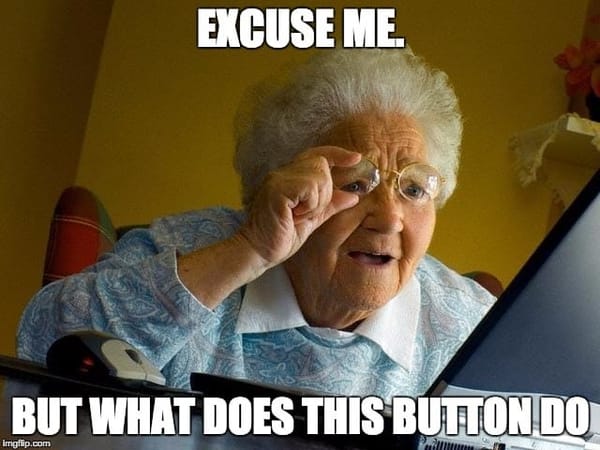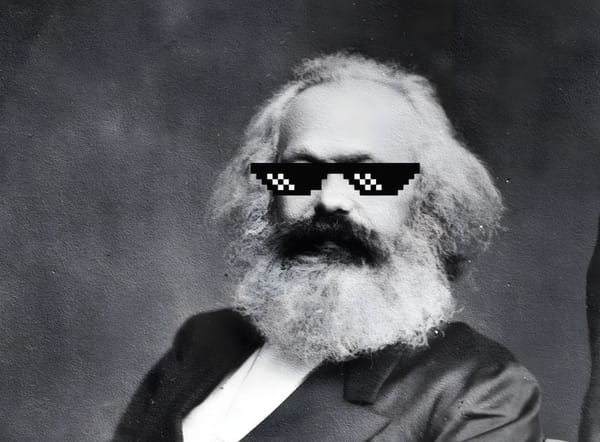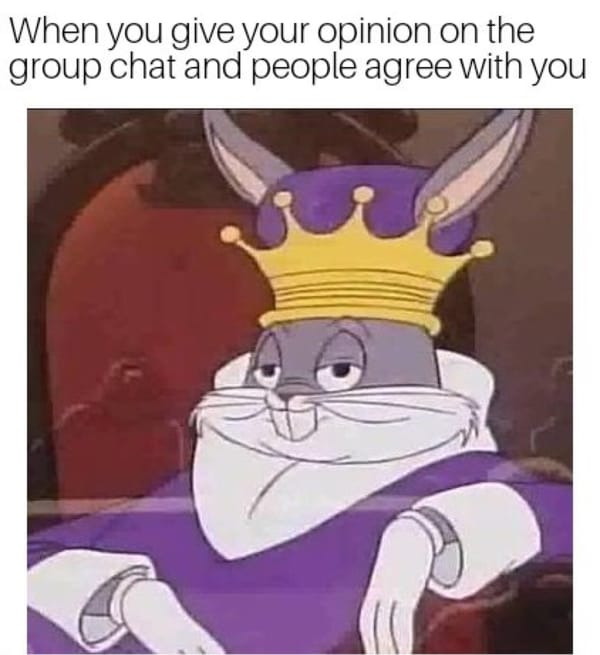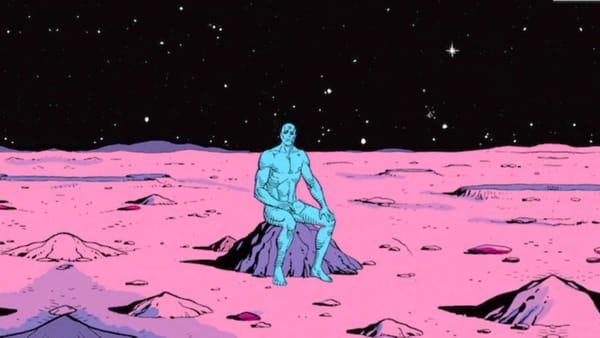What the %$#@ Happened to Spotify?
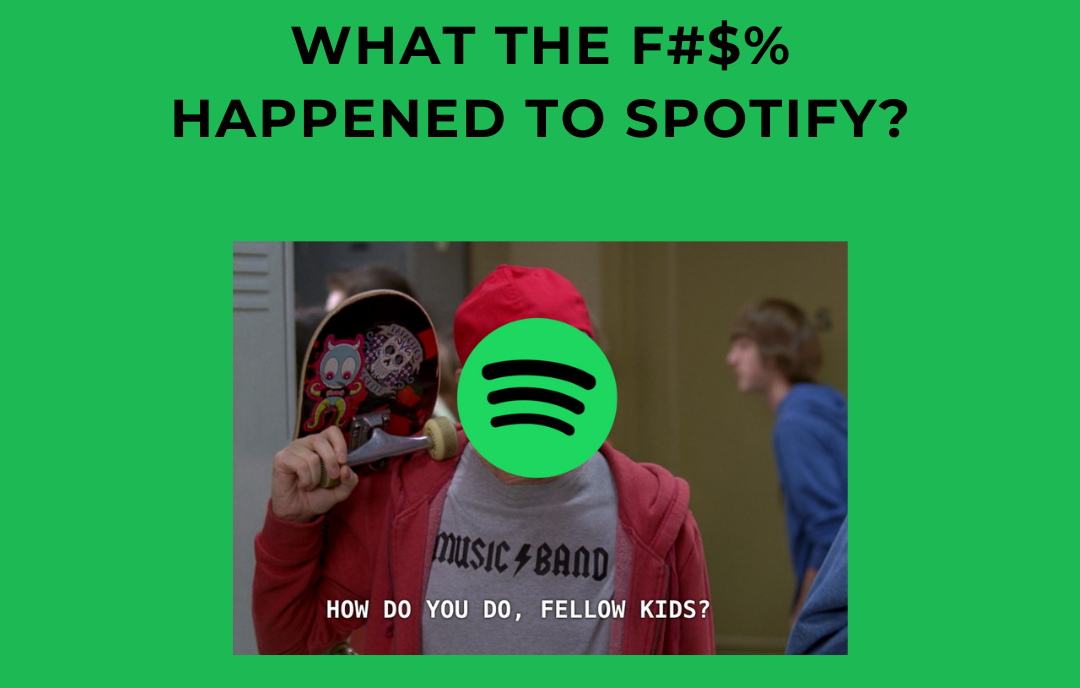
Originally Published January 16, 2024
"What the fuck happened to you, man? Shit, your ass used to be beautiful!" - Ordell Robbie, Jackie Brown
I have been a Spotify “power user” since 2013. Back then, while working for a pro audio hardware company, I was frequently doing product demos and was required by divine musical mandate to have access to any song a prospective client might want to hear. I loved Spotify’s product dearly and without question. Although I have occasionally also tested and lightly used Tidal, Deezer, Soundcloud, Amazon, and YouTube for comparison, Spotify remained critical to my work in the music industry, even while later working at Beatport, and to feed an insidious podcast addiction at 1.5x speed. You can still go on Spotify and find my annual ‘Best Of’ playlists going back nearly ten years, along with fiendishly OCD genre, sub-genre, and sub-sub-genre categorized playlists, some with many thousands of songs (and many tens of followers), built over that same decade.
But over the past year or two, something happened to Spotify’s once well-designed, efficient, and enjoyable product - it became messy, unintuitive, and demanding to a degree I ultimately found unusable.
But why? How could the world’s biggest streaming service and a product that I used upwards of eight hours a day on the low-end fumble the ball so badly?
At least to people in and around the music industry, it's well known that Spotify’s business model, and music streaming in general, is less than optimal for artists. But it also sucks for the business of Spotify itself.
We don’t know precisely, but it is a fair estimate to say that 70-75% of Spotify’s total revenue is paid out to what I will broadly term the “musical economy,” which includes major labels, independent labels, artists, songwriters, publishers, and other rights-holders. Of that total payout to the music economy, estimated to be approaching $40 Billion throughout Spotify’s existence, an unknown but sizeable portion of that goes to the major labels: Sony, Universal, Warner, and, to a lesser extent, Merlin.
To put it crudely, the Majors have the biggest dicks in the room, which is to say the biggest catalogs of music that consumers want to listen to and which are necessary to have to operate a “successful” streaming service. Spotify and other streaming services have no choice but to negotiate on only the most onerous of terms with the majors to get access to their music catalogs. It is the very definition of a seller’s market for the majors because they have most of what the streaming masses want to hear.
Don’t want to pay Universal? There goes Taylor Swift, Drake, Billie Eilish, The Weeknd, and Lady Gaga.
Don’t want to pay Sony? There goes Beyoncé, Bob Dylan, Adele, and Bruce Springsteen.
Don’t want to pay Warner? There goes Dua Lipa, Madonna, Ed Sheeran, and Red Hot Chili Peppers.
Whatever your feelings on any of those artists, it’s difficult to argue that they are not critically important to the total addressable market of global music streamers who may or may not subscribe to Spotify or another streaming service if all or any single one of those artists were not available on the service.
Spotify is giving you what you want at the cost they have to pay to get it. In turn, whatever you think of the majors, they are publicly traded companies that are obligated to their shareholders and their artists to get the most money they can for their music catalogs, and that is indeed what they attempt to do.
Spotify was founded and grew during ZIRP, the “zero interest rate phenomenon” of the past decade, which was largely categorized by big tech companies like Spotify selling their products, services, and subscriptions at a loss to onboard and retain customers, the theory being that as long as you get the flywheel of users spinning, once you reached a certain scale of users, you could slowly start to charge customers more and more to make up for the endless consecutive quarters of losses on the balance sheet. Why have your subscription costs ballooned so suddenly in the past few years? No more ZIRP means a real and pressing need to reach profitability for Spotify (and others) because the nearly free money they used to run their businesses at a loss for a decade no longer exists - they now need to actually earn more money than they spend.
Even before the end of ZIRP, in anticipation of eventually needing to turn a profit and come up with revenue unattached to their obligations to the major labels, Spotify diversified its business and spent about $1 Billion securing podcast networks and exclusives shows like Joe Rogan, the Obamas, Parcast, The Ringer, Armchair Expert, and most confusingly Meghan Markle and the artist formerly known as Prince Harry. This has not gone well, and the recent rounds of layoffs at Spotify have mostly come from their as-yet unprofitable billion-dollar podcast division.
Suffice it to say that Spotify has needed to do anything it can, especially in the past couple of years, to reach profitability, something that, admittedly, services like Apple and Amazon don’t really need to do because their streaming audio products are loss leaders in service of a much broader ecosystem of products and services. Apple and Amazon aren’t streaming audio companies. They are everything companies that also happen to have streaming audio products to help sell you all their other products and services.
And that is why Spotify sucks now.
In the struggle to find more revenue from under the couch cushions of its app and to compete with the nigh unassailable market capitalizations of companies like Apple, Amazon, and Alphabet’s YouTube, Spotify has utterly bastardized its product out of desperation.
The UI and UX have changed drastically and continually for the worse. The feverish attempt to turn a profit has caused the addition of more and more product features that no one wanted or asked for, which merely serve to diminish the user experience of the simple act of listening to music.
Using the app without receiving pop-up ads for podcasts you don’t care about but which Spotify owns or is being paid to promote is nearly impossible.
Even the shuffle function now has “AI” built in that requires you to press the shuffle button twice to get a normal shuffle function or otherwise be subjected to AI recommendations in the middle of what you have already chosen to listen to.
I gave up figuring out how the “Like” and/or “Add” buttons work because Spotify continues to change how they function and where they are located, seemingly on a day-to-day basis at times, as though they themselves don’t even know where the buttons should go or what they should do. It’s a heart! No, it’s a Plus! It adds to your Liked songs! No, it only adds to a Playlist you have to add it to your Liked songs manually! No, wait, it adds to your Liked songs automatically sometimes, but you can add it to a Playlist if you push it twice! It’s on the left! No, it’s on the right! No, it’s on the left but a little further down! No, wait, it’s on the right again!
Even more confounding has been the forced introduction of Snap / Instagram Story / TikTok-style hybrid monstrosity audio and video clips on the Home screen and in other random locations throughout. No product feature has ever reeked of a deeply thirsty desperation to say, “How do you do, fellow kids?” more and simultaneously made me want to use a product less while intending to make me want to use it more.
Spotify has also attempted to inject discovery into nearly every single action on the app, always pushing you to listen to something else, something new, something different, something “Just for you!” creating what feels like, and indeed is, actual pressure from the app to listen to something other than what you want to listen to. Sometimes, we don’t need discovery and only want the warm embrace of something we know and love already without the impedance of the almighty algorithm or an “AI DJ” that spouts positive daily affirmations with all the false sincerity of a self-styled and self-appointed Los Angeles life coach.
Spotify is slowly dying of a malignant cancer of feature creep, worming its way through the product and bloating the service into an unusable mess, ostensibly caused by a panic induced by the invisible hand of market capitalism and fluctuating interest rates.
I recently took the final chopper out of Spotify’s falling audio Saigon to the greener (redder/purpler) pastures of Apple Music and Apple Podcasts, transferring my entire Spotify playlist and song library thanks to the lovely people making such adversarial interoperability possible over at Soundiiz. Beyond simply working better because of their unvarnished privilege to make calm, cool, and rationally iterative product improvements, I can at least depend on lossless audio - something Spotify has failed to deliver on for 3 full years after announcing it - and the definitive intuitiveness of user experience only one of the world’s most valuable companies can provide, like the pure unadulterated joy of choosing if queuing something plays it Next, OR Later after everything else I’m currently playing or have queued has run its audible course.
What happened to you, Spotify? You used to be beautiful.
